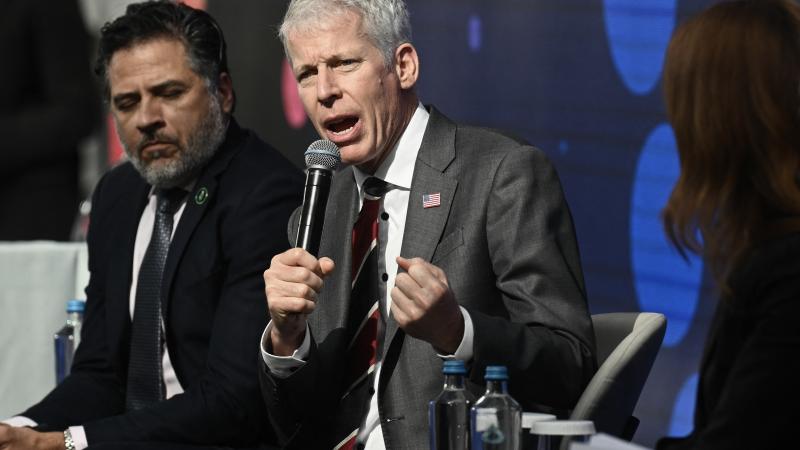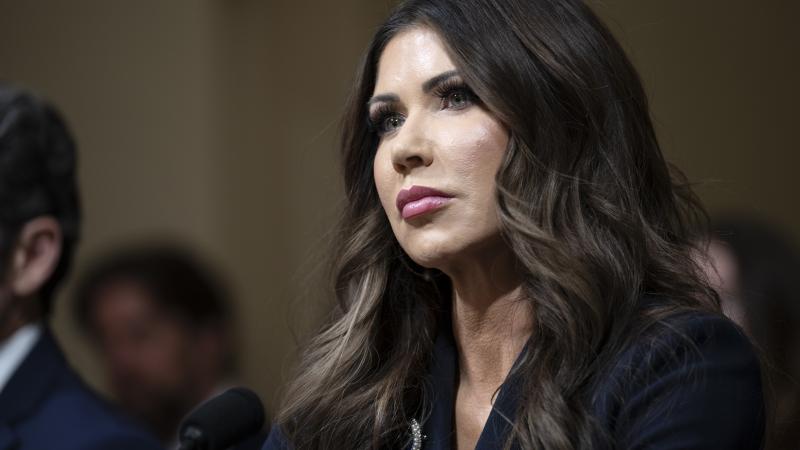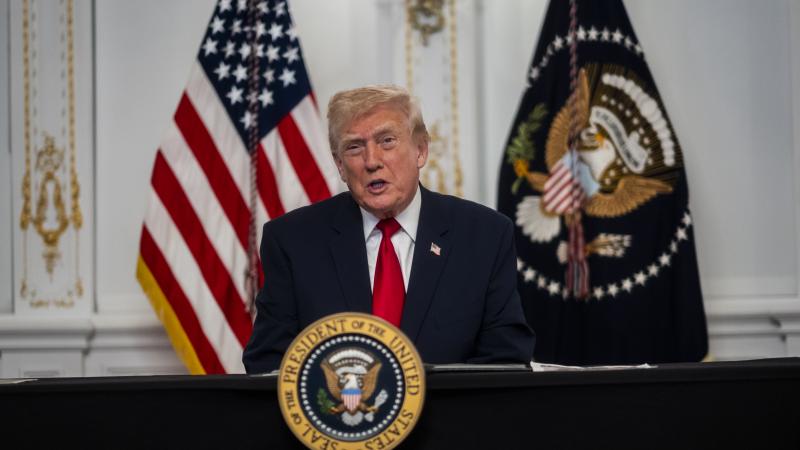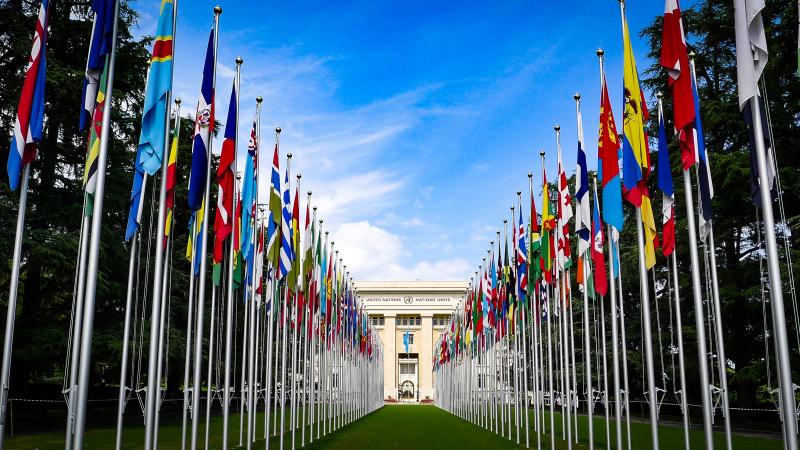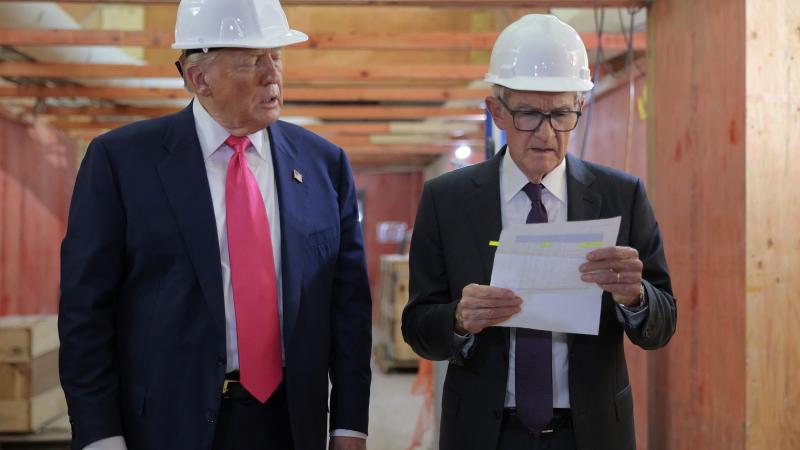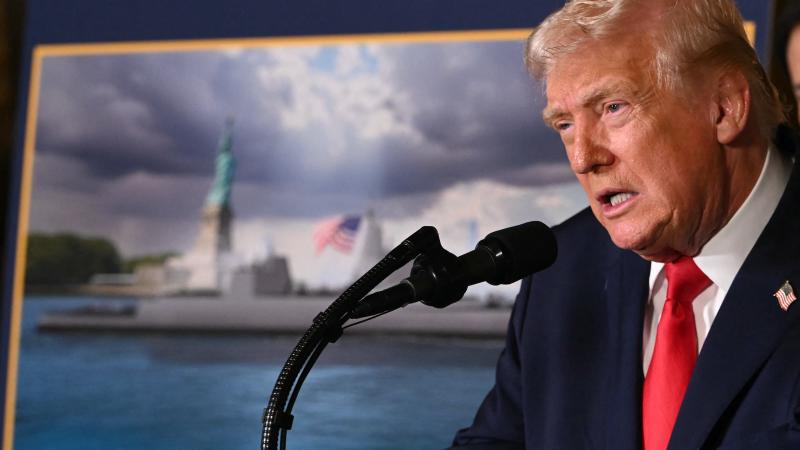Grants open for state's Solar for Schools program
Proponents from the solar industry are eager to usher schools through the program with several offering free assessments of sites and facilities to districts who request it.
Pennsylvania schools looking to switch to renewable energy can now receive assistance from the state through its $25 million Solar for Schools grant program.
For eligible schools, the program will cover up to half the cost of installing solar arrays on their campuses.
“While Solar for Schools will undoubtedly deliver tremendous savings to schools, I believe its positive impact will be even bigger,” said Rep. Elizabeth Fielder, D-Philadelphia, who sponsored the legislation.
Proponents from the solar industry are eager to usher schools through the program with several offering free assessments of sites and facilities to districts who request it. Generation180 and Pennsylvania Solar Center are two of the organizations offering to assist schools with the lift.
“The Solar for Schools grant program is a game changer that will help more schools across the Commonwealth access the cost-saving and educational benefits of solar energy,” said Shannon Crooker, Pennsylvania director at Generation180. “We want to see as many schools as possible take advantage of the state grant funds.”
With support from the Republican-controlled Senate, the Solar for Schools Act passed in July of this year. It provides for schools to receive grants for 30%, 40%, or 50% of the total cost depending on need. The Department of Economic and Community Development is charged with overseeing the program and assisting schools in the technical execution of their projects.
The program takes advantage of the federal Inflation Reduction Act, which allows schools and other tax-exempt organizations to receive direct pay rather than tax credits for clean energy projects to make up the difference. The additional funds create a window of opportunity for many schools who wouldn’t otherwise have the discretionary funding to take on renewable energy.
Sen. Camera Bartolotta, R-Washington, said in September the program gives schools an “innovative” way to “be responsible for their taxpayers” while redistributing resources back into students.
“This legislation commbines two of my greatest passions, education and energy while also bolstering the economy,” she said. “Our hard-working building trades will benefit by the thousands of jobs this funding creates.”
Advocates hope that the savings generated from going green can offset some of the financial burdens that have been weighing on districts throughout the commonwealth. While the legislature has been taxed with resolving the state’s education funding crisis, acute staffing and facilities needs are still a major concern for many.
“The truth is, the highest costs facing K-12 public schools are staffing and energy. The amount of money spent — or saved — on those items can mean the difference between manageable or overcrowded classes, teachers or staff shortages, modern or outdated learning materials,” wrote Carlisle Area School District Superintendent Colleen Friend in an op-ed published in Trib Live.
In 2011, Carlisle spent $5 million on a 6.2 acre solar array, covering half the cost with grant money. According to Friend, the district has saved over a million dollars through solar and credits while generating all of the energy required to operate one of its elementary schools, which typically would cost about $24,000 annually.
Solar setups are often used by schools as a vehicle to teach about environmental issues like sustainability and climate change. They also use their own solar production to demonstrate mathematical and economic concepts as well as the science behind energy production and consumption. Carlisle has even used sheep to maintain the grass surrounding its solar array, an idea that could incorporate those schools across the state with agricultural programs.
For Fielder, the potential impact of the program goes far beyond the school’s walls.
“The workers who install these solar panels will earn living wages that support their families," she said. "Kids in classrooms will get to see firsthand the careers of skilled trades workers and use the solar panels as an educational tool. And this is all while their school is contributing to a healthier environment for them to live in.”



